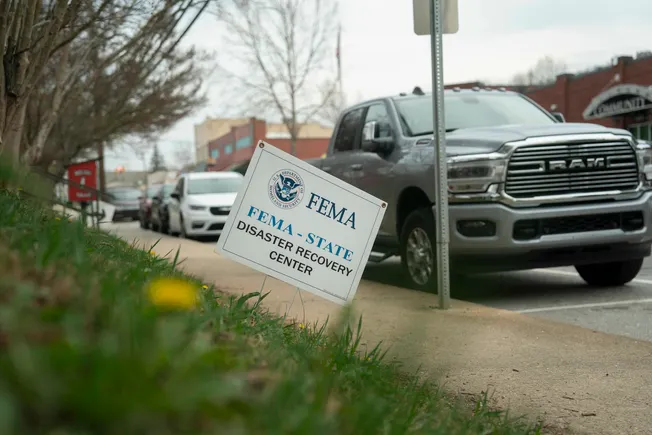Key Takeaways
- Only five out of 31 states have sufficient budget resources for disaster recovery, according to an Urban Institute report.
- The Trump administration may limit federal assistance and shift disaster recovery responsibilities to state and local governments.
- States must create their own funding sources to manage disaster costs or face prolonged recoveries impacting community well-being.
Disaster Recovery Funding Challenges
The Urban Institute’s latest report reveals that many states are unprepared for increased disaster recovery costs as the Trump administration considers transferring more emergency management responsibilities to state, local, and tribal governments. In the 2019 analysis, only five of the 31 states receiving federal disaster response resources had allocated enough funds in their budgets to effectively cover disaster costs.
The study highlights concerns over potential changes to the Federal Emergency Management Agency (FEMA) processes. If federal aid becomes harder to obtain, states would need to secure their own revenue to manage disaster-related expenses. Without federal assistance, many states face critical shortfalls; for example, North Carolina would have been left with a $46 million deficit after Hurricane Dorian without receiving $100 million from FEMA.
Sara McTarnaghan, co-lead at Urban Institute, underscores the urgency for state and local leaders to assess their fiscal strengths, especially as uncertainty looms regarding potential federal funding changes. While there is a consensus that increased local responsibility could incentivize better disaster preparedness, the report cautions that states lacking sufficient funds face delayed recovery, which could harm community well-being and economic stability.
Some states are attempting to mitigate risks by establishing or augmenting disaster-specific funds. For instance, Florida created an Emergency Preparedness and Response Fund in 2022, set to expire in 2026, while California’s disaster-response capabilities have been strained by consecutive costly disasters.
The report also notes that states not reserving enough funding would have collectively required an average of $37.9 million from their own resources in 2019. With most states holding “rainy day funds” for economic downturns, those resources could be redirected toward disaster recovery. However, the reliance on these funds is concerning, particularly for states such as Louisiana and North Carolina, which are vulnerable to disasters and have limited fiscal resources.
To enhance future disaster readiness, local governments are encouraged to establish dedicated disaster management funds in light of the uncertainty surrounding FEMA funding. As the landscape of disaster recovery shifts, proactive financial planning at both state and local levels will be essential for protecting communities.
The content above is a summary. For more details, see the source article.















